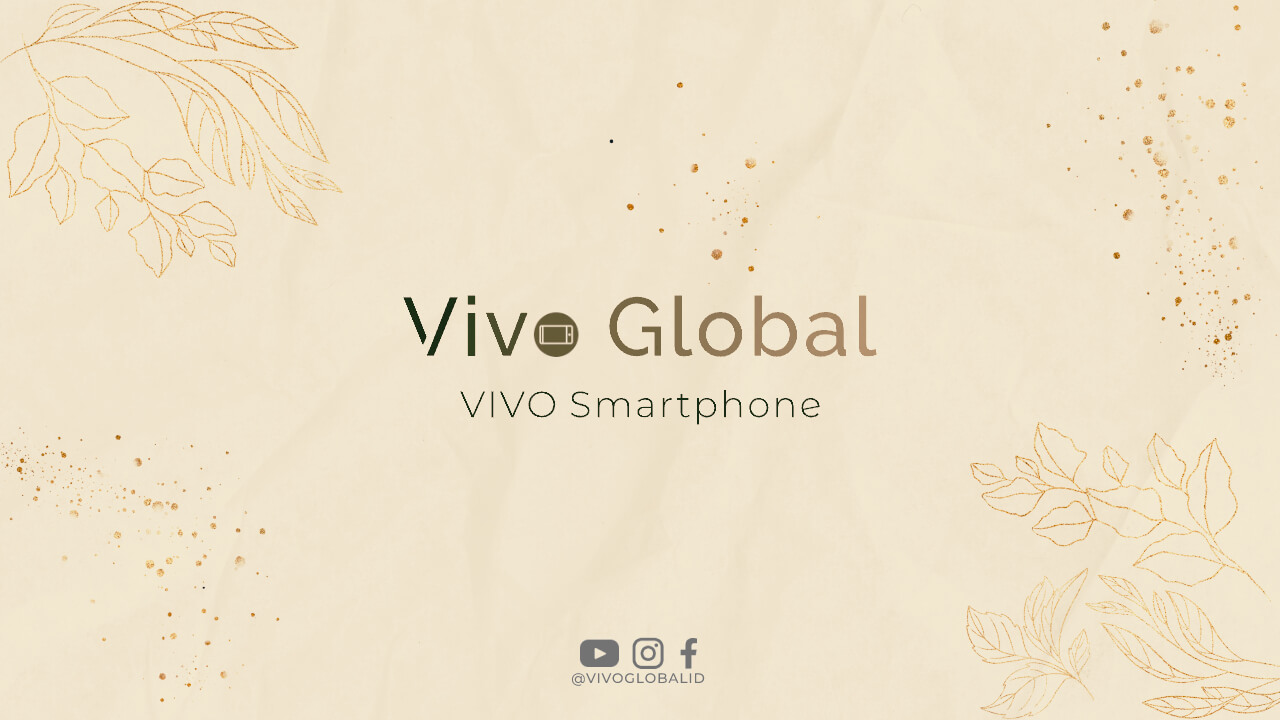Pantun is a traditional form of poetry in Indonesia that has been passed down from generation to generation. It is a short poem consisting of four lines that rhyme. Each line usually contains eight to twelve syllables. Pantun is often used in various occasions such as weddings, festivals, and other cultural events. In this article, we will explore the history, structure, and significance of pantun in Indonesian culture.
The History of Pantun
The origin of pantun can be traced back to the Malay Archipelago, specifically in the regions of Indonesia, Malaysia, and Singapore. It is believed that pantun was first introduced in the 15th century by the Malay sultanate of Malacca. The sultanate was known for its cultural and literary achievements, including the development of pantun.
Over time, pantun became a popular form of poetry in the Malay world, and it was used for various purposes such as courtship, entertainment, and education. It was also used to convey moral lessons and wisdom to the people.
The Structure of Pantun
Pantun consists of four lines, with each line having eight to twelve syllables. The first two lines are known as the pembayang (shadow), while the last two lines are known as the maksud (meaning). The pembayang sets the scene or context, while the maksud contains the message or meaning of the pantun.
Each line of the pantun must rhyme with the second line, and the first and third lines must also rhyme with each other. The rhyme scheme of pantun is ABAB.
The Significance of Pantun
Pantun is an important part of Indonesian culture, and it is often used in various social and cultural settings. It is used to convey messages of love, friendship, and respect. Pantun is also used to express social commentary, criticism, and satire.
Aside from its cultural significance, pantun is also a form of entertainment. It is often recited during social gatherings, weddings, and other events. Pantun is also used in competitions, where contestants are judged based on the quality and creativity of their pantun.
The Types of Pantun
There are several types of pantun, each with its own unique characteristics and purposes. The most common types of pantun are:
Pantun Melayu
Pantun Melayu is the most common type of pantun, and it is the one most commonly used in Indonesia. It is known for its romantic and lyrical themes, and it is often used to express love and affection.
Pantun Jenaka
Pantun Jenaka is a type of pantun that is used for humor and satire. It is often used to poke fun at people or situations, and it is popular during social gatherings and events.
Pantun Agama
Pantun Agama is a type of pantun that is used for religious purposes. It is often used to convey Islamic teachings and morals, and it is popular during Islamic festivals and events.
Pantun Pahlawan
Pantun Pahlawan is a type of pantun that is used to honor and commemorate national heroes. It is often recited during Independence Day celebrations and other patriotic events.
The Beauty of Pantun
The beauty of pantun lies in its simplicity and creativity. Despite its short length, pantun can convey deep and meaningful messages. It is a form of poetry that celebrates the richness and diversity of Indonesian culture.
Pantun also showcases the creativity and wit of the Indonesian people. It is a form of poetry that requires skill and imagination, and it is often used as a platform for artistic expression and competition.
Conclusion
In conclusion, pantun is a traditional form of poetry that has been cherished by the Indonesian people for centuries. It is a form of poetry that celebrates love, friendship, and wisdom. It is also a form of entertainment and competition that showcases the creativity and wit of the Indonesian people. Pantun is a true reflection of the richness and diversity of Indonesian culture.




